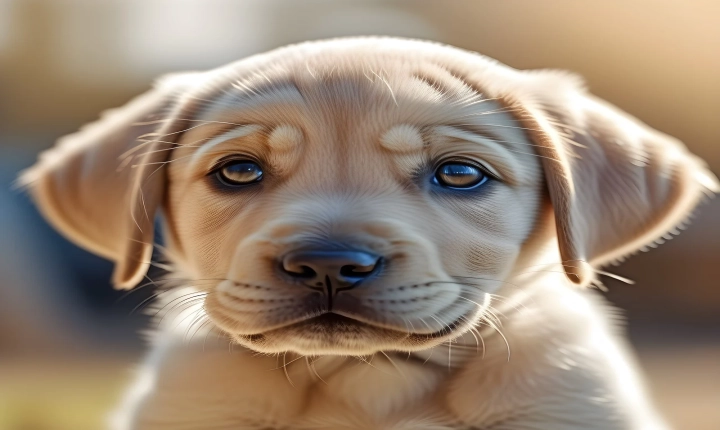Are AI Art Apps Safe for Users?
The rise of artificial intelligence (AI) has impacted various aspects of our lives, including the art world. AI art apps have become increasingly popular, allowing users to create stunning digital artworks with the help of machine learning algorithms. While these apps offer a novel and exciting way to explore creativity, many users are concerned about the safety and ethical implications of using AI in art creation.
One of the primary concerns regarding AI art apps is the issue of data privacy and security. Users often upload their personal photos and other data to these apps, which raises questions about how this data is being used and whether it is being adequately protected. There is a risk that this data could be misused or exploited by the developers of these apps, potentially leading to privacy breaches and other security issues.
Moreover, there are ethical concerns related to the use of AI in art creation. Some critics argue that AI art apps can devalue the work of human artists, as they make it easy for anyone to produce compelling artworks without the same level of skill and effort. Additionally, there is a risk of AI-generated art being used to deceive or manipulate audiences, as it may be difficult to distinguish between AI-generated and human-created art.
Another significant issue is the potential for bias and discrimination in AI art apps. Machine learning algorithms are trained on large datasets, and if these datasets contain biases or stereotypes, the AI art generated by these apps may reflect these biases. This can perpetuate harmful stereotypes and undermine the inclusivity and diversity of the art world.
However, it’s essential to acknowledge that AI art apps also offer numerous benefits. They democratize art creation by allowing people with varying levels of artistic skill to produce compelling artworks. These apps can be a valuable tool for education, exploration, and self-expression, empowering users to engage with art in new and innovative ways.
To address the safety and ethical concerns surrounding AI art apps, developers and regulators must take steps to ensure transparency, accountability, and user protection. This includes implementing robust data privacy measures, conducting ethical assessments of AI art apps, and promoting diversity and inclusivity in the development and application of AI in art.
Users can also take proactive steps to protect themselves when using AI art apps. This includes carefully reviewing the privacy policies and terms of service of these apps, being mindful of the data they share, and staying informed about the ethical implications of AI in art creation.
In conclusion, while AI art apps offer exciting opportunities for creativity and exploration, it’s crucial to consider the safety and ethical implications of their use. By addressing the concerns related to data privacy, bias, and ethics, we can ensure that AI art apps are safe and beneficial for users, while also promoting the responsible and ethical use of AI in the art world.
